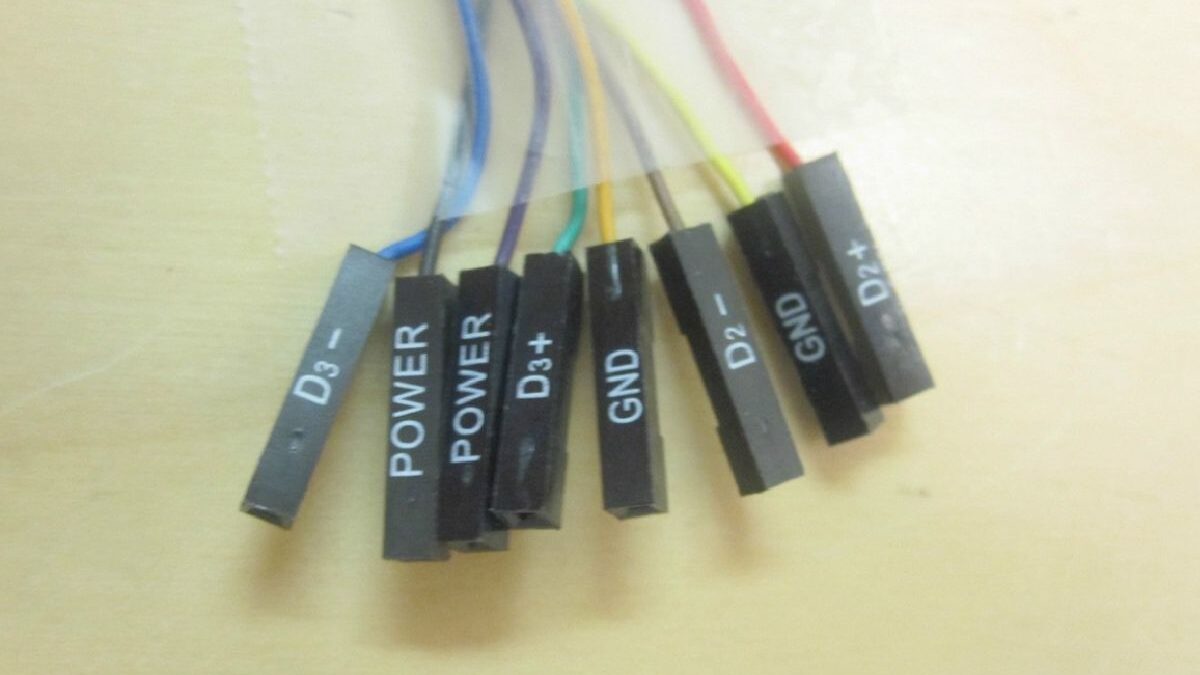How many USB ports does my motherboard have? The number of USB ports on a motherboard is crucial for connecting peripherals like keyboards, mice, webcams, printers, and external storage devices. These connectors serve multiple purposes, including data transfer and charging mobile devices. They can be divided into rear I/O USB ports and internal USB headers, which connect to front panel USB ports via cables. The number of USB ports depends on the number of external devices that can be used simultaneously. For gamers, content creators, and professionals who use multiple devices, more ports are required. Understanding the number of USB ports on a motherboard is essential for optimal connectivity.
Table of Contents
Why USB Port Count Matters
The number of USB ports you have determines the number of external devices you can use simultaneously. If you’re a gamer, content creator, or professional using multiple devices (such as cameras, microphones, and drives), you’ll need more ports.
Standard devices that require USB ports include:
- Keyboards and mice
- Game controllers
- USB flash drives
- External hard drives and SSDs
- USB hubs
- Printers and scanners
- Smartphones for charging and syncing
How to Check USB Ports on Your Motherboard
- Check the manufacturer’s website for detailed specifications.
- Refer to the user manual for diagrams of USB port locations, types, and headers.
- Use system tools in Windows to display connected USB controllers and chipset information.
- Physically inspect the motherboard for USB ports on the back panel and USB headers.
- Check the front panel of the PC case for internal USB ports.
- Use USB hubs or PCIe USB expansion cards for additional connectivity.
How Many USB Ports Does My Motherboard Have
Rear I/O USB Ports (Directly on the motherboard’s back panel)
- USB 2.0 Ports
- USB 3.0 / 3.1 Gen 1 Ports
- USB 3.2 Gen 2 Type-A Ports
- USB 3.2 Gen 2 Type-C Port
- USB 3.2 Gen 2×2 or USB4 (Type-C, newer boards)
Internal USB Headers (For front panel or internal devices)
- USB 2.0 Header (usually supports 2 USB 2.0 ports)
- USB 3.0 / 3.1 Gen 1 Header (usually supports 2 USB 3.0 ports)
- USB 3.2 Gen 2 Header (used for front-panel USB-C)
- USB-C Internal Header (newer motherboards only)
Tools to Identify USB Port Count
- Motherboard Manual or Box – Check the specifications list
- Manufacturer’s Website – Find your exact model and spec sheet
- Device Manager – View installed USB controllers (Windows)
- Tools like CPU-Z or HWInfo show chipset and USB support
- Physical Inspection – Open the case and count the ports and headers
Expansion Options (If not enough ports)
- USB Hub – An External device to split one USB into many
- PCIe USB Expansion Card – Adds more ports via motherboard slots
- A single USB header can support two ports
- Internal USB headers connect to the case front/top USB ports
- Some USB ports share bandwidth—check specs for max speeds
Choosing a Motherboard with Sufficient USB Ports
- Count current and future USB devices: Determine the minimum USB port requirement by listing regular and future USB devices.
- USB 2.0, USB 3.0/3.2 Gen 1, and USB 3.2 Gen 2/Type-C for fast data transfer.
- Review Internal USB Headers: Motherboards come with internal headers for connecting case front-panel USB ports or internal devices.
- Check the Rear I/O Panel: Mid- to high-end ATX motherboards typically offer more ports than compact micro-ATX or mini-ITX boards.
- Consider Future Expansion: Ensure the motherboard has PCIe slots for future USB expansion.
Conclution
When selecting a motherboard for your PC, consider your needs and future devices, and opt for USB 3.0 or higher for faster data transfer. Look for USB-C support for future-proofing and check internal headers for USB-connected hardware. The number of USB ports on your motherboard is crucial for a smooth computing experience. Check the motherboard specs, diagnostic tools, and evaluate both the rear and internal ports to determine the system’s capabilities. If your setup grows beyond native ports, consider using USB hubs or PCIe expansion cards for easy scaling.

